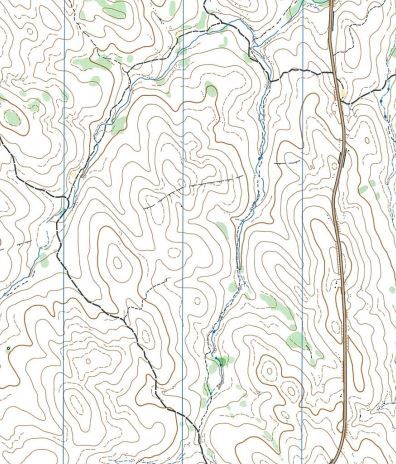
Melway/Street Map
Most of us are familiar with standard street maps. This is the view that GPS mapping or car navigation systems use.
The typical purpose of these maps is to navigate a motor vehicle or person from one point to another - so streets, street names and parks are the key features present.

Topographical Map
The State Government produce topographical maps for all parts of the state.
Topographical maps show the shape and key features of terrain. To do this, they provide contours that show the height of the terrain at various points.
While topographic maps are used for recreational purposes, such as travelling, rogaining and orienteering, they are also used by government and industry to assist with urban planning, mining, emergency management and the establishment of legal boundaries and land ownership.

Orienteering Map
Orienteering maps have contours - but have much more detail than topographic maps. Orienteering maps show all features on the ground that might be visible to a runner moving through the area.
Features such as rocks, cliffs, fences, pits and vegetation are usually shown on these maps.








